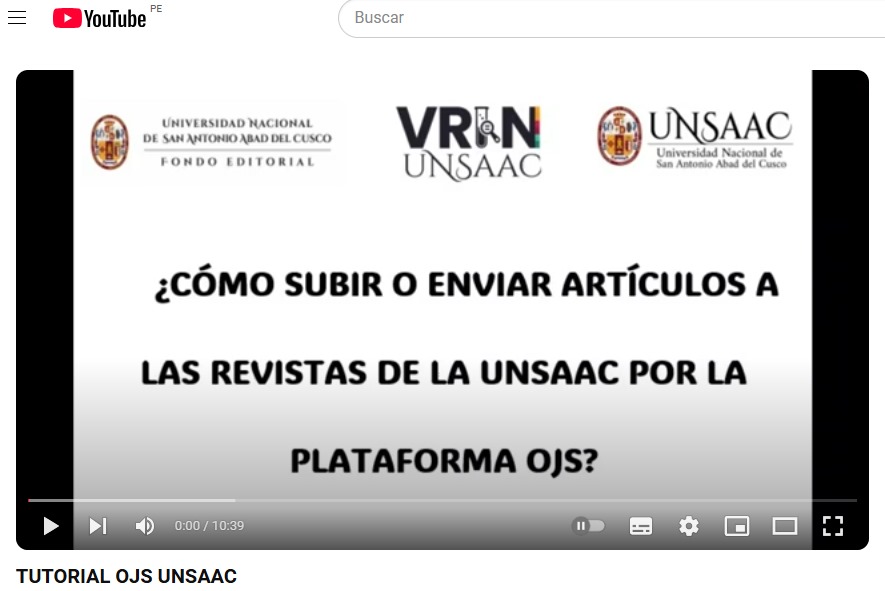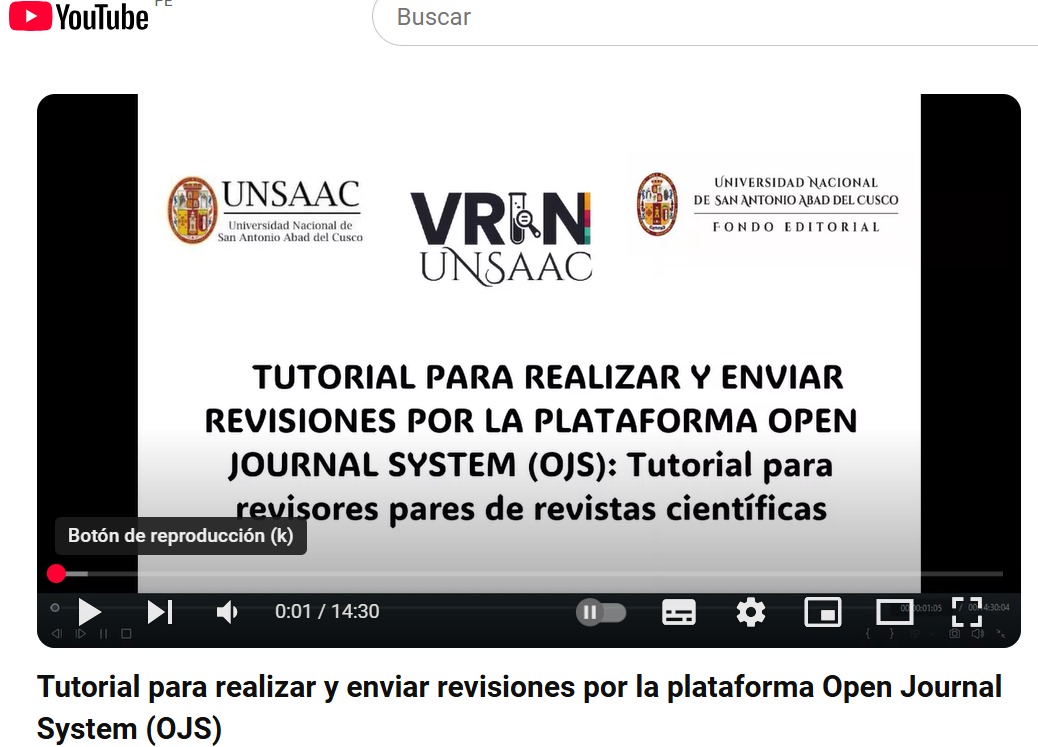O cotidiano na várzea amazônica percebido pelas crianças
DOI:
https://doi.org/10.51343/racs.v4i1.813Palabras clave:
Infância, vivências, percepção de cotidiano, comunidade ribeirinhaResumen
This study contributes to the understanding of the child-environment relationship, based on the daily life lived in a lowland community in the interior of Amazonas, Brazil, which is distinguished by the seasonality of the flood and ebb of rivers. Among the 54 participants in the study, 18 were girls and 36 boys, with an average age of 10 years (SD: 2.5). From the content analysis of the data obtained in a semi-structured interview, three perceptual categories of everyday life emerged: the category named “singular”, manifested in 40.7% of the children, the daily life is permeated by activities and positive experiences. In the “habitual” category, daily life is described by 37% of children, as a place like any other place to live. In the “of diligence” category, identified in 22.2% of the children, experiences marked by the demands of a lowland environment stand out. The different perceptions of daily life are correlated with education and age range.
Descargas
Descargas
Publicado
Cómo citar
Número
Sección
Licencia
Usted es libre de:
- Compartir: Copiar y redistribuir el material en cualquier medio o formato para cualquier propósito, incluso comercialmente.
- Adaptar: Remezclar, transformar y construir a partir del material para cualquier propósito, incluso comercialmente.










.png)



